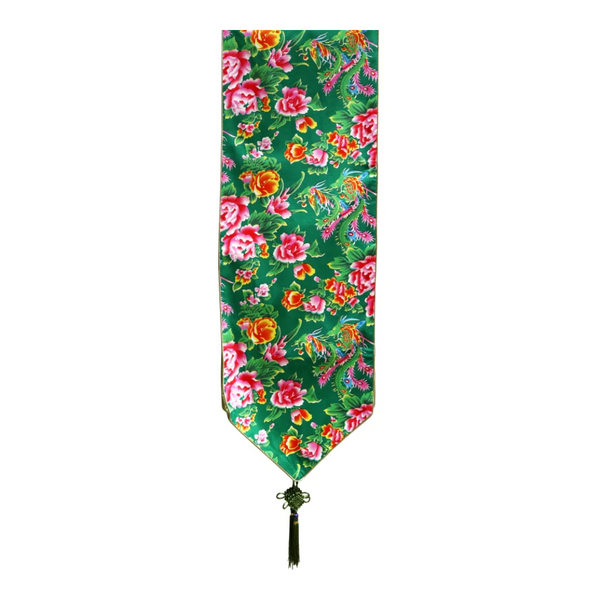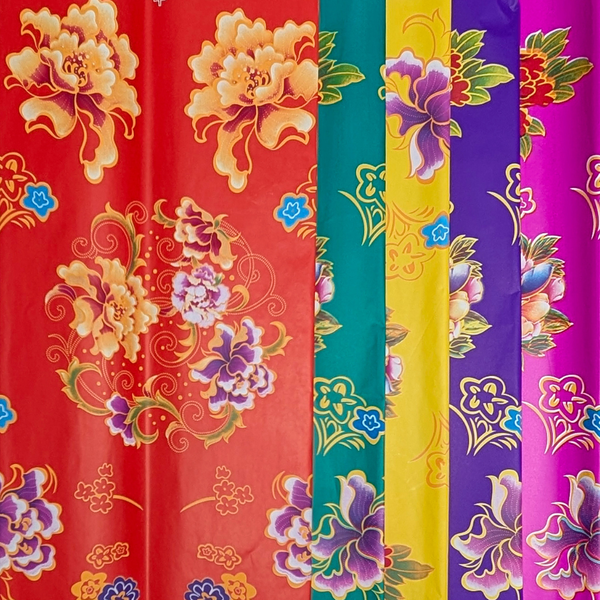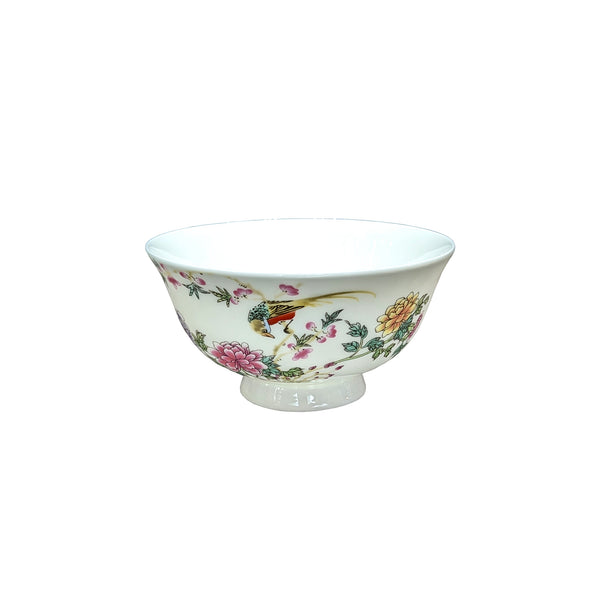
The King of Flowers: Six Things You Might Not Know About the Precious Peony
Spring is finally in the air, which means flowering seasons have begun, from tulips in the Netherlands to roses in Oregon to cherry blossoms in Japan. But one of our favorite buds has to be the pulchritudinous peony. Here are six blossoming bits about the pretty perennial.
In China it’s considered royalty

"Peonies," Yun Shouping
Dubbed “the king of the flowers,” the peony has been known in China since at least the 9th century BCE, and has also been associated with the imperial family at least since the Tang dynasty (618-908) when it was grown in the palace gardens.
It symbolizes riches and honor

You’ll see the peony represented in everything from paintings to porcelain, ceramics to silk dresses, slippers to snuff bottles. In addition to wealth and integrity, the peony was also used as a gift of love and exchanged upon farewells.
It was almost the official national flower of China — three times
While the Qing Dynasty officially declared the peony the country’s national flower, that changed after their fall and the rise of the republic. Since then the People’s Republic of China hasn’t had a designated bud. Nation-wide polls in 1994 and 2003 overwhelming picked the peony, but it was never made official. Last year the China Flower Association ran another poll which again made the peony the winner. Fingers crossed!
Luoyang is the prime place for peonies

Located in Henan province, Luoyang is one of the Four Great Ancient Capitals of China, which also include Beijing, Nanjing, and Xi’An, and is said to be home to the finest peonies in the country. Every April they hold a fabulous Peony Festival during which you can see their fields of flowers in peak bloom.
The peony is popular in Japanese culture too

"Peonies and Canary," Katsushika Hokusai
While the sakura is Japan’s national flower, the peony is nothing to sneeze at. The art form of ukiyo-e (translated as “pictures of the floating world”) helped popularize it. Flourishing from the 17th to the 19th centuries, these woodblock prints and paintings depict scenes from the pleasurable life, including beautiful women, kabuki actors, sumo wrestlers, folk tales, and of course flowers.
It’s a top tattoo

The peony is a popular motif in Japanese-style tattoos some say because of a series of woodblock prints by 19th-century artist Utagawa Kuniyoshi. Called the Heroes of the Suikoden, the prints portray the ferocious characters from the classical Chinese novel, Outlaws of the Marsh, about of group of 108 men and women who are banished by the feudal government to the hills and band together to foil their oppressors. The outlaws are often shown in mid-fight, stripped to the waist and covered in various tattoos, including those of peonies.
Want more about flora and fauna in Asian culture? Check out our posts on the humble (yet lucky) cabbage, the wise elephant, and the multifaceted fish. You might also enjoy our peony-themed items.
[Lead image: "Peonies," Yun Shouping]




